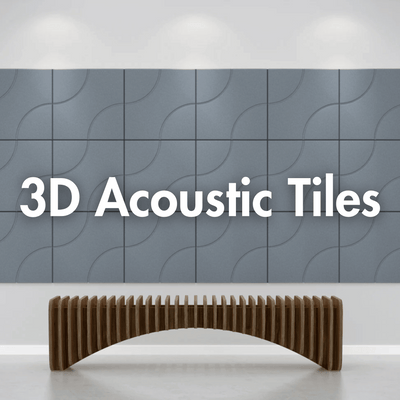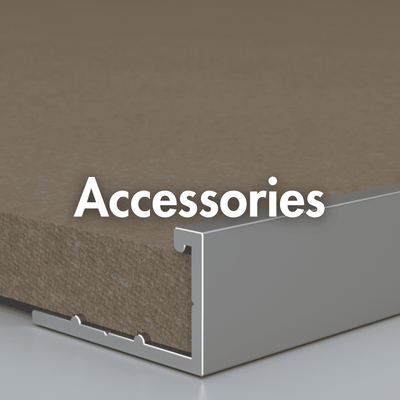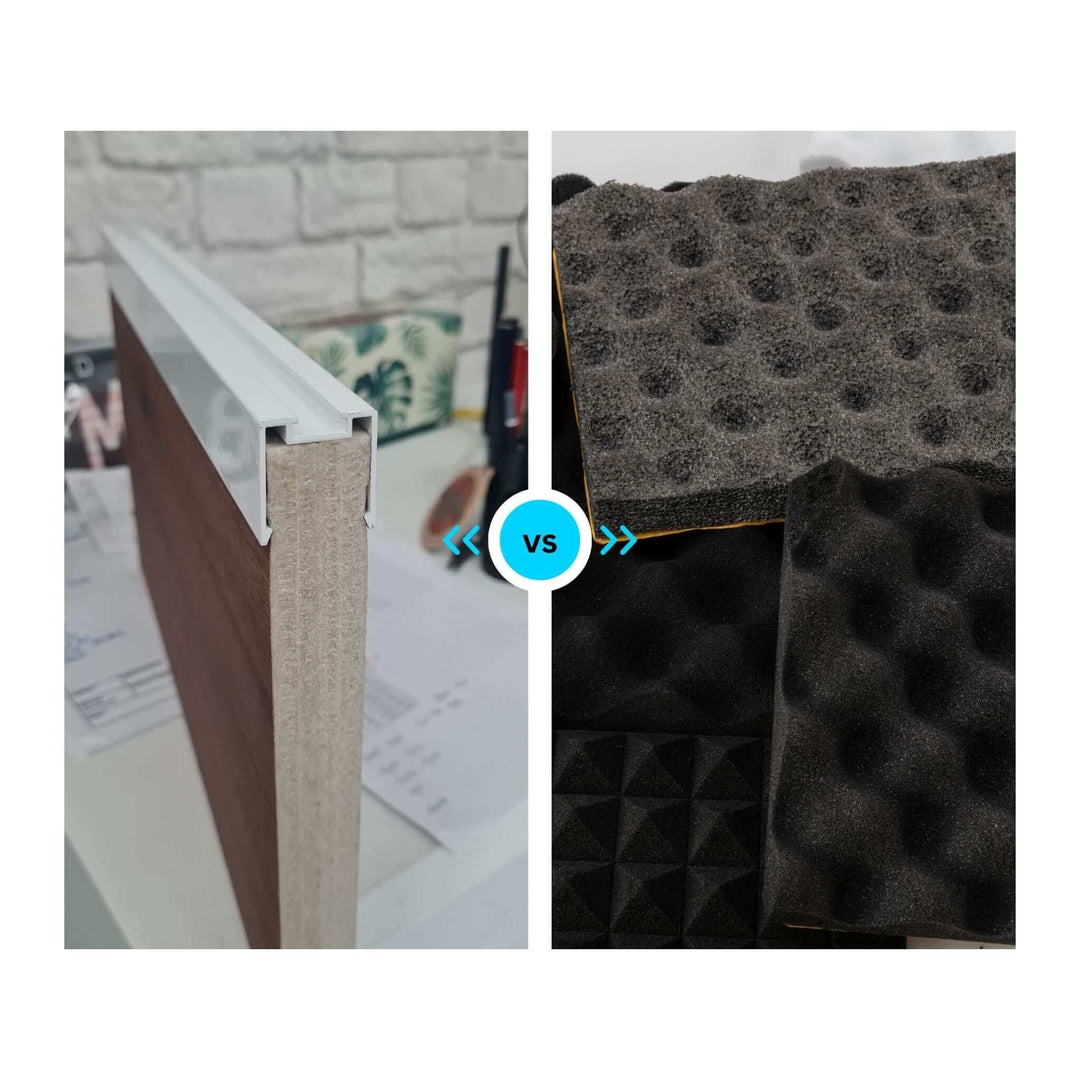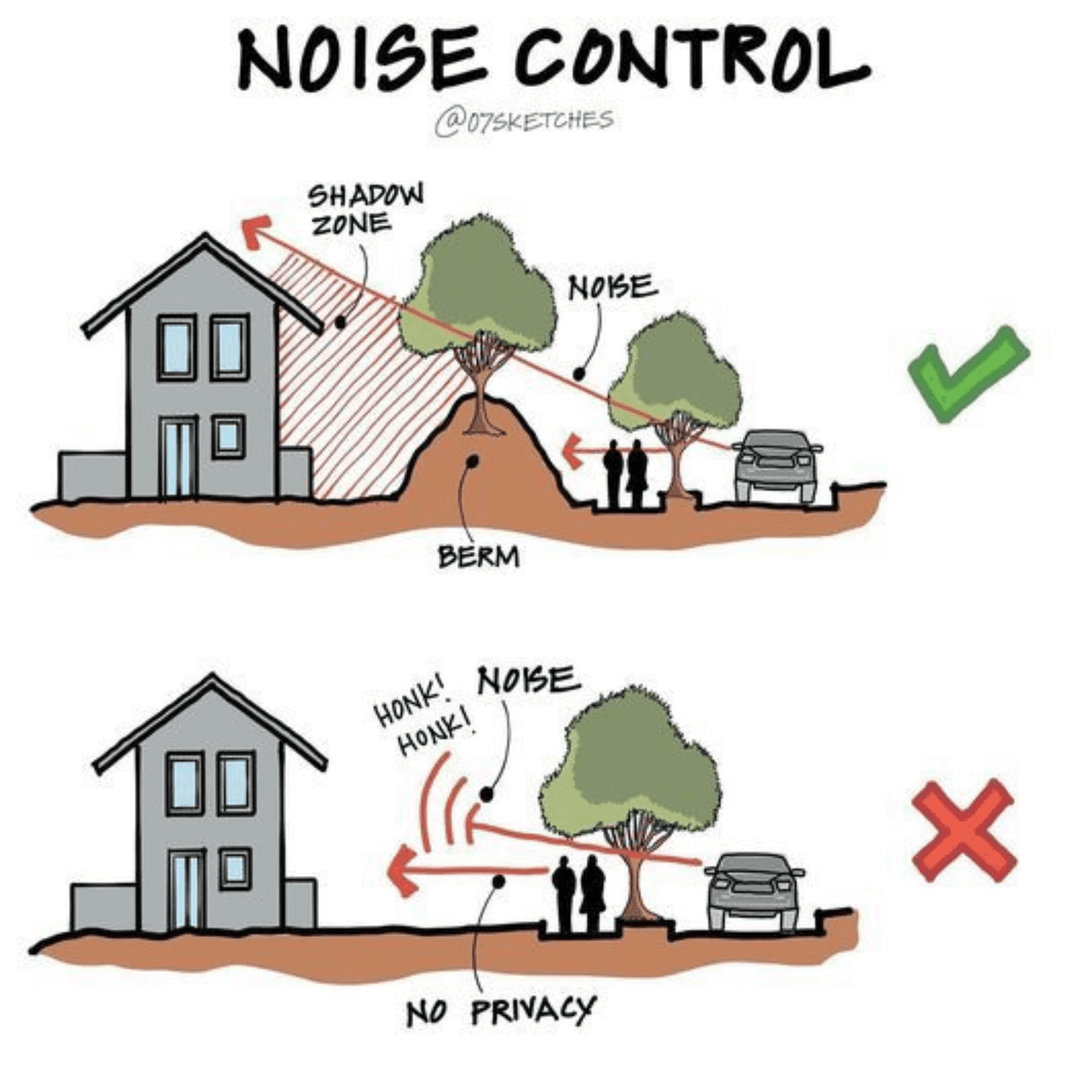10 Mistakes to Avoid in Acoustic Treatment

Creating an effective acoustic environment takes more than just adding a few panels or foam pieces to a room. Acoustics can be complex, and even small mistakes can lead to ineffective sound control. Here are some of the most common acoustic treatment mistakes and how to avoid them to ensure your space achieves optimal sound quality and comfort.
1. Ignoring Room Measurements
One of the most common mistakes is not accounting for the size and layout of the room. Room dimensions play a significant role in how sound behaves within a space, especially in larger or irregularly shaped rooms where sound waves reflect and interact differently.
Avoiding This Mistake: Measure your room’s length, width, and height and take note of materials like hard walls or floors, which will affect sound reflection. Consulting with an acoustic expert can help you tailor solutions that suit your room’s unique layout.
2. Overlooking the Role of Sound Frequencies
Different acoustic materials work better for different sound frequencies. Acoustic foam, for instance, absorbs mid-to-high frequencies well but may struggle with low bass frequencies. Using the wrong material for the type of sound you’re trying to control can result in subpar acoustic performance.
Avoiding This Mistake: Understand the types of sound you’re dealing with (low, mid, high frequencies) and choose acoustic solutions accordingly. Acoustic Sound Products offers a variety of panels and tiles, such as the Autex Quietspace Panels and Acoufelt Fracture Tiles, designed to absorb a broad range of frequencies.
3. Placing Acoustic Panels Incorrectly
Placement is key to effective acoustic treatment, yet many people mistakenly place panels or foam without a strategic plan. For example, placing all panels in one part of the room won’t help if sound is reflecting from all sides. Similarly, neglecting ceiling treatment can lead to ongoing reverberation issues in tall rooms.
Avoiding This Mistake: Distribute acoustic panels evenly across walls and consider adding ceiling panels or clouds for complete coverage. Position panels on surfaces where sound reflections are likely to occur, such as opposite walls and corners.
4. Using Only One Type of Acoustic Product
A common misconception is that using a single type of acoustic treatment, such as foam, will handle all sound issues. In reality, effective acoustics require a mix of absorption and diffusion, depending on the room’s use.
Avoiding This Mistake: Combine different products for the best results. For instance, pair wall panels with ceiling clouds or diffusers to balance sound control. Using products from our range, such as Autex Quietspace Panels along with Acoufelt desk dividers, can help achieve more comprehensive noise management.
5. Ignoring Low-Frequency (Bass) Treatment
Low-frequency sounds (or bass), are often the most difficult to control and are sometimes ignored in acoustic treatment plans. Low frequencies can create resonances that are hard to eliminate, especially in small spaces like home studios.
Avoiding This Mistake: Include bass traps or dense materials that target low-frequency sound absorption. Acoustic panels with a high Noise Reduction Coefficient (NRC) are often better suited to handling these frequencies than traditional foam.
6. Relying Solely on Carpet or Curtains
Carpet and curtains do absorb sound to an extent, but they alone cannot manage noise effectively, especially for mid-to-low frequencies. Many spaces require more robust solutions than soft furnishings.
Avoiding This Mistake: Consider adding dedicated acoustic panels or ceiling tiles for comprehensive coverage. Products specifically designed for sound absorption, go beyond what carpets and curtains can achieve.
7. Choosing Aesthetic Over Function
While it’s tempting to choose acoustic products based on looks alone, prioritising aesthetics over functionality can lead to disappointing results. Beautiful acoustic panels that don’t suit the room’s sound requirements won’t deliver the level of noise control you’re after.
Avoiding This Mistake: Look for products that balance aesthetics with performance. Many of our acoustic panels, like the Acoufelt Fracture Tiles, offer customisable colors and finishes, combining function with style for a well-rounded solution.
8. Not Considering Sound Masking as a Complementary Solution
Sound masking, which uses low-level background noise to cover unwanted sounds, is often overlooked as part of a sound management plan. While acoustic treatments help reduce echoes and reflections, sound masking improves speech privacy and reduces distractions.
Avoiding This Mistake: Consider integrating a sound masking system in areas where privacy and concentration are important. Using sound masking along with acoustic panels provides a comprehensive approach to sound control.
9. Skipping Professional Consultation
DIY acoustic treatment might seem like a good idea to save costs, but without expert guidance, it’s easy to misplace panels, choose ineffective materials, or overlook key elements. Inadequate acoustic treatment can end up costing more in the long run if you need to redo the project.
Avoiding This Mistake: Work with professionals who can assess your space, recommend the right materials, and ensure effective placement. At Acoustic Sound Products, our team provides expert advice to help create the ideal acoustic environment tailored to your needs.
10. Expecting Immediate Results Without Testing
Even with well-planned treatment, acoustics require fine-tuning. Simply installing panels and assuming the job is done can lead to missed opportunities for improvement.
Avoiding This Mistake: After installing acoustic treatments, spend time testing the room’s sound quality and make adjustments as needed. Minor changes in panel placement or adding extra products can often make a noticeable difference.
How Acoustic Sound Products Can Help
At Acoustic Sound Products, we specialise in tailored acoustic solutions that combine aesthetics with functionality. From wall panels and ceiling tiles to acoustic lights, we have a range of products that address various sound control needs. Our team will work with you to avoid common pitfalls and create an acoustic environment that fits your space, budget, and design preferences.
FAQs
Can acoustic foam alone control noise effectively?
Foam is effective for high frequencies but not comprehensive. For full sound control, it’s best to combine foam with other treatments like wall panels and bass traps.
Why is panel placement so important?
Proper placement ensures that sound reflections are absorbed where they’re most problematic. Placing panels strategically on walls and ceilings improves their effectiveness.
What’s the difference between sound absorption and sound masking?
Sound absorption reduces echoes within a room, while sound masking adds background noise to improve privacy. Both are useful in managing noise.
Do carpets and curtains work as acoustic treatments?
While they help absorb sound, they are not sufficient for full noise control. Acoustic panels or tiles offer more effective sound absorption.
Can I get help with choosing the right products for my space?
Absolutely! Our team at Acoustic Sound Products provides guidance on the best solutions for your needs, ensuring your acoustic treatment is both effective and aesthetically pleasing.



















